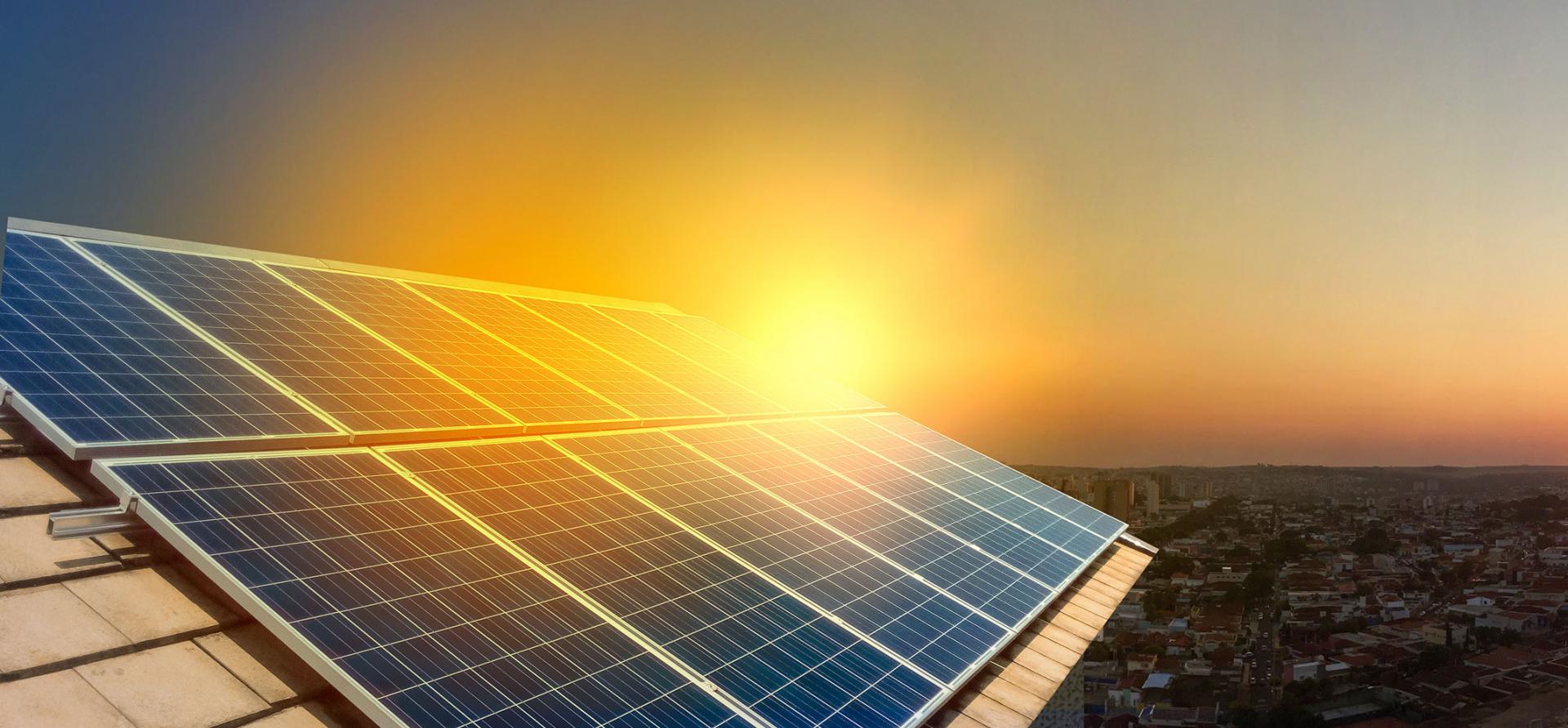Residential rooftop solar’s vast untapped potential in India

Key Findings
While India has made great strides in utility-scale solar electricity generation, residential rooftop solar generation has been underwhelming so far.
Growing awareness of the economic and environmental benefits of rooftop solar and a policy push by the central government is providing a much-needed boost and installed residential rooftop solar capacity could grow by 60% year-on-year.
Harvesting solar power is one of the most eco-friendly and cost-effective methods of electricity generation. While India has made great strides in utility-scale solar electricity generation, residential rooftop solar generation has so far been underwhelming. The situation could soon change as resurgent demand and a strong policy push could help residential rooftop solar installations grow by 60% year-on-year to reach a cumulative 3.2 gigawatt (GW) capacity by the end of the fiscal year (FY) 2023.
While India has made great strides in utility-scale solar electricity generation, residential rooftop solar generation has so far been underwhelming.
The markedly low cost of solar photovoltaic (PV) electricity in India has not yet translated to a fast-paced adoption of the technology in the residential rooftop segment.
India has more than 300 million households and is endowed with abundant sunshine almost throughout the year, with an annual average of 300 sunny days. This shows that the potential for rooftop solar installations in residential spaces is huge in India. However, this potential remains largely untapped as residential installations in the country aggregate to a mere 2 gigawatts (GW) as of fiscal year (FY) 2022.
The prime reason for this slow adoption is that the grid tariffs for residential consumers in India are low compared to the commercial and industrial (C&I) segment. As a result, for a long time, solar technology costs did not make commercial sense for this category of consumers. Furthermore, a lack of consumer awareness was another critical challenge for the residential market. Additional factors like delays in approval of consumers’ net metering connections and subsidy payments to the installers by state electricity distribution companies (DISCOMs) were also major headwinds on the supply side of the residential market.
The economic and environmental benefits of rooftop solar adoption is providing a much-desired fillip for the residential market growth.
However, in the post-COVID-19 era, increasing societal consciousness vis-à-vis the economic and environmental benefits of rooftop solar adoption is providing a much-desired fillip for the residential market growth. In addition, a policy push by the central government is also helping drive rooftop residential solar installations.
From FY2019 to FY2022, the residential segment grew at a compound annual growth rate (CAGR) of 90%. This trend of cumulative installations is mainly due to the rooftop solar boom in Gujarat, especially over the past three fiscal years on account of the SURYA Gujarat (Surya Urja Rooftop Yojana Gujarat) scheme launched in August 2019. The scheme's target was to install 1,600 megawatts (MW) of solar rooftop systems, covering the rooftops of 800,000 households by FY2022. Aggregating demand through strong public outreach initiatives and regular tender issuance by state agencies has significantly contributed to Gujarat’s success in residential solar development.
The scheme also demonstrated that digitalisation (i.e., communication of relevant and simplified information through digital media) of the entire value chain infrastructure is critical. In addition to overall consumer awareness, digitalisation warrants reliable digital tools for financial institutions (FIs) for market assessment and pre- and post-installation monitoring of solar plants, etc.
Following the success of Gujarat, the central government also introduced a landmark initiative in July 2022 with the launch of a national digital portal to simplify the rooftop solar installation process for residential consumers. The portal enables subsidy disbursal through the direct benefit transfer (DBT) mechanism, by which residential consumers can directly avail of the central government subsidy.
On the supply side, the residential rooftop solar market is currently far from being adequately developed. Very few established brands offer reliable and quality residential solutions. After-sales support services and effective operation and maintenance (O&M) of the plant post-installation are also critical, especially for such small-scale residential rooftop plants.
On the supply side, the residential rooftop solar market is currently far from being adequately developed.
Financiers are also generally reluctant to disburse loans to this market due to the poor resale value of rooftop solar systems. In addition, rooftop solar solutions are viewed as ‘high-risk’ because the quality of rooftop solar products and the delivery of allied services are under the purview of the installer.
Going forward, the hunger of residential consumers for cheaper and greener power sources will drive the market in the coming years. The market's entire value chain (covering business aspects such as financing, insurance, equipment supply, installation, O&M, etc.) needs to be enhanced to provide quality rooftop solar solutions. Maturity in financing options in this sector will address the current financing woes. Innovative business models involving DISCOMs also look very promising regarding demand aggregation benefits.
With the risk of climate change exacerbating each year, India must follow a low-emission-based growth trajectory. The country’s updated Nationally Determined Contribution (NDC) has set ambitious targets of reducing the emissions intensity of its Gross Domestic Product (GDP) by 45% by 2030 from the 2005 level. In addition, the country aims to achieve about 50% cumulative installed power capacity from non-fossil fuel-based energy resources by 2030.
There is still huge untapped potential to solarise India’s million households. Fully exploiting this potential will significantly aid in lowering greenhouse gas emissions at the country level. Residential rooftop solar solutions will also play a key role in achieving India’s long-term goal of reaching net zero by 2070.
By Akhil Thayillam, Senior Research Associate, JMK Research & Analytics
This article first appeared in Renewable Watch















